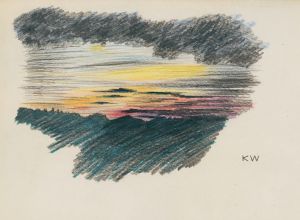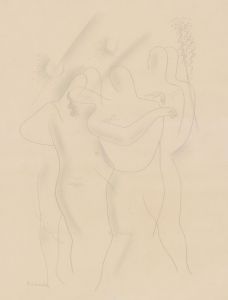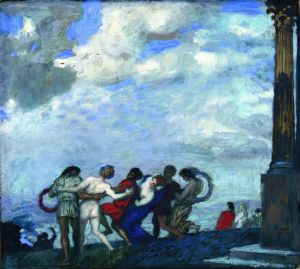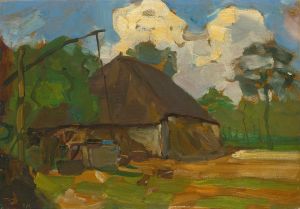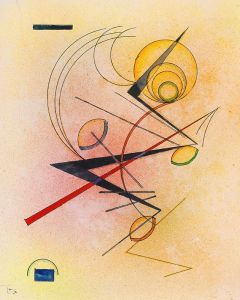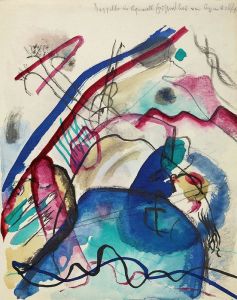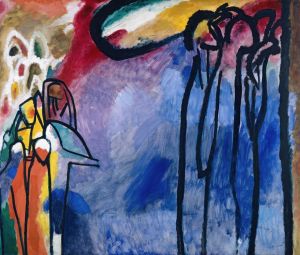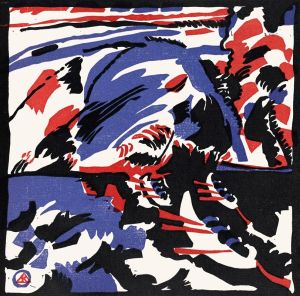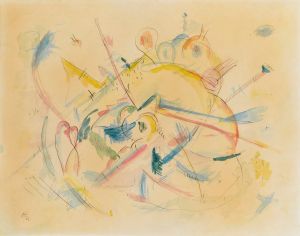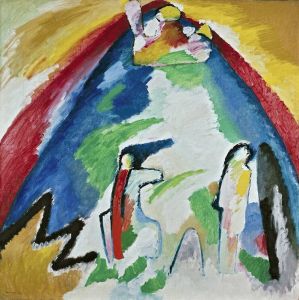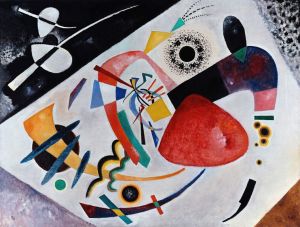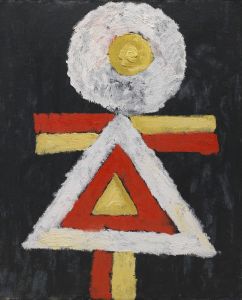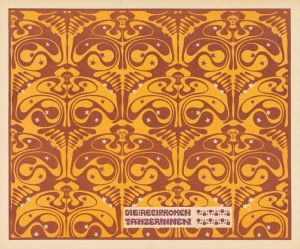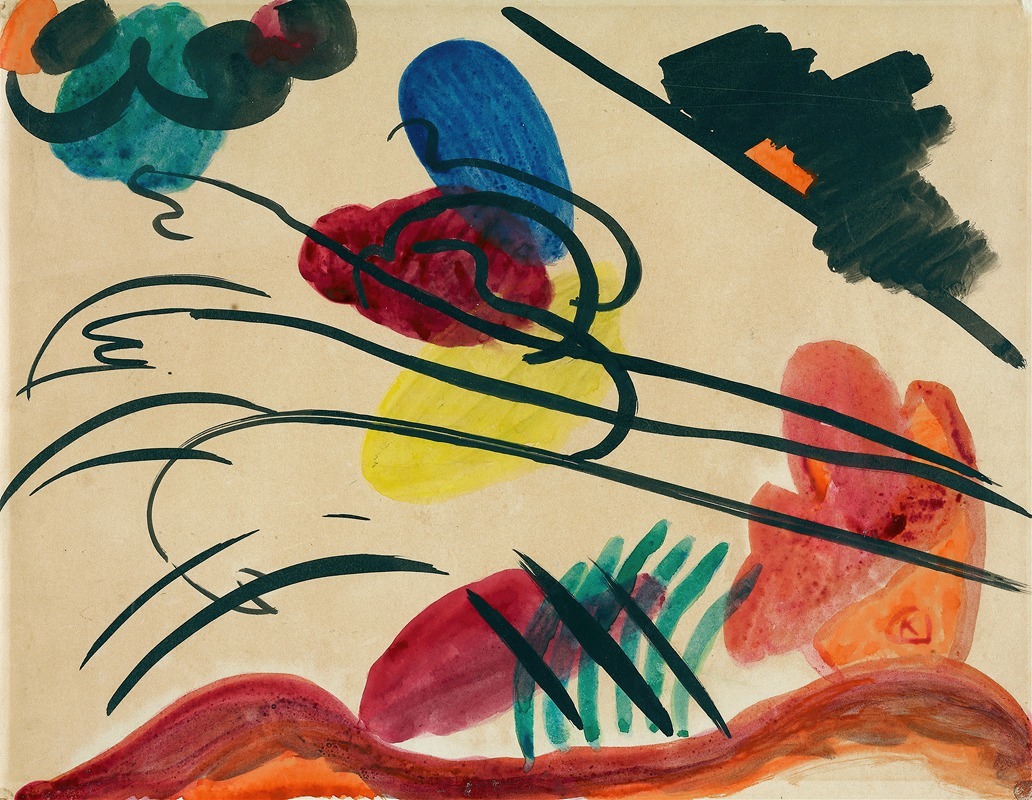
With three riders
A hand-painted replica of Wassily Kandinsky’s masterpiece With three riders, meticulously crafted by professional artists to capture the true essence of the original. Each piece is created with museum-quality canvas and rare mineral pigments, carefully painted by experienced artists with delicate brushstrokes and rich, layered colors to perfectly recreate the texture of the original artwork. Unlike machine-printed reproductions, this hand-painted version brings the painting to life, infused with the artist’s emotions and skill in every stroke. Whether for personal collection or home decoration, it instantly elevates the artistic atmosphere of any space.
Wassily Kandinsky, a pioneering figure in abstract art, created the painting "With Three Riders" in 1911. This work is emblematic of Kandinsky's transition from representational art to abstraction, a journey that would eventually lead him to become one of the foremost figures in the abstract art movement. "With Three Riders" is a significant piece that reflects his evolving artistic philosophy and his interest in the spiritual and emotional power of color and form.
The painting depicts three horsemen riding through a vibrant and dynamic landscape. The figures and the landscape are rendered in bold, expressive colors and simplified forms, which are characteristic of Kandinsky's style during this period. The use of color is particularly notable; Kandinsky believed that colors had intrinsic spiritual qualities and could evoke specific emotions and responses in the viewer. In "With Three Riders," the colors are not used to represent reality but to convey a sense of movement and energy.
Kandinsky's interest in the spiritual dimension of art was influenced by various sources, including Theosophy and the writings of Rudolf Steiner. He believed that art should transcend mere representation and instead express deeper spiritual truths. This belief is evident in "With Three Riders," where the abstraction of forms and the dynamic composition suggest a world beyond the visible, inviting viewers to engage with the painting on a more intuitive and emotional level.
The painting also reflects Kandinsky's fascination with music, which he considered the most abstract of the arts. He often sought to create a visual equivalent of music, using color and form to evoke rhythm and harmony. In "With Three Riders," the interplay of colors and the fluidity of the composition can be seen as an attempt to capture the essence of a musical experience.
"With Three Riders" was created during a pivotal time in Kandinsky's career. In 1911, he co-founded the Blue Rider (Der Blaue Reiter) group with fellow artist Franz Marc. This group was instrumental in the development of abstract art in the early 20th century. The Blue Rider artists shared a common interest in the spiritual and symbolic aspects of art, and they sought to break away from traditional artistic conventions. Kandinsky's work during this period, including "With Three Riders," reflects these ideals and his commitment to exploring new artistic possibilities.
Today, "With Three Riders" is recognized as an important work in Kandinsky's oeuvre and a key example of early abstract art. It exemplifies his innovative approach to color and form and his belief in the transformative power of art. The painting continues to be studied and admired for its bold vision and its contribution to the evolution of modern art. Through works like "With Three Riders," Kandinsky laid the groundwork for future generations of artists to explore the limitless potential of abstraction.





